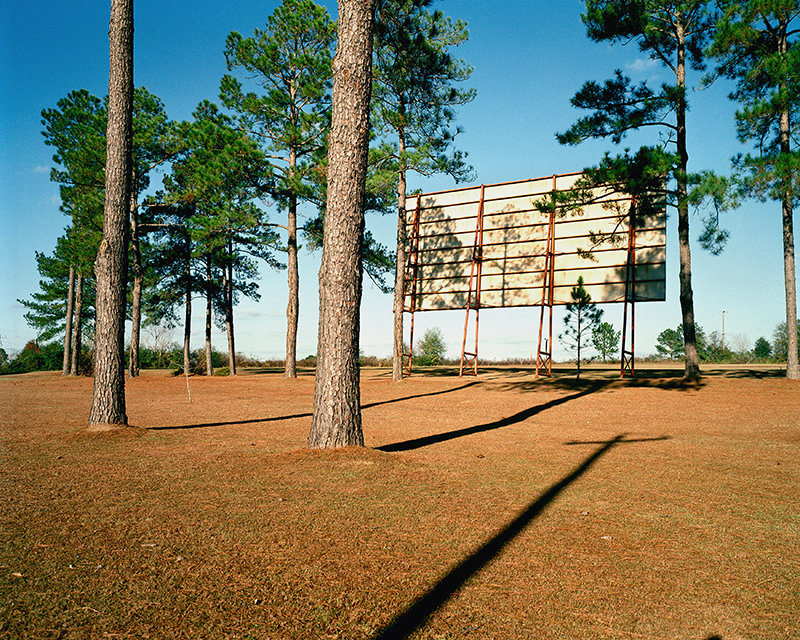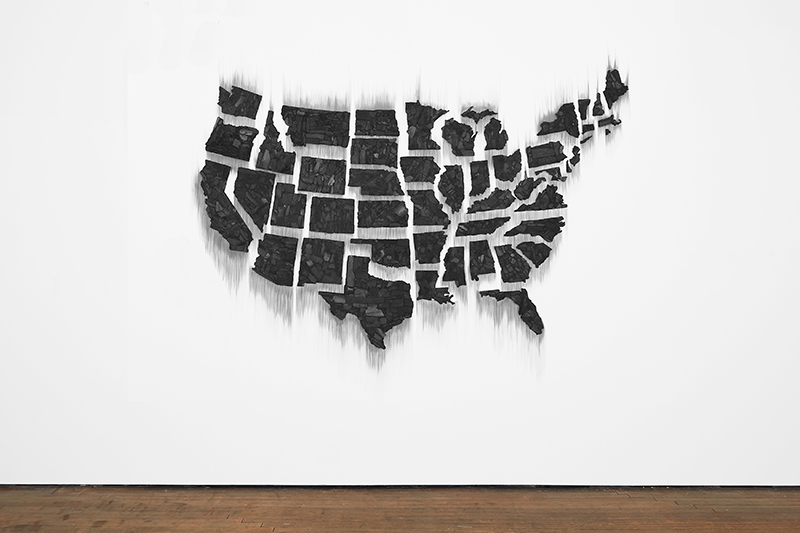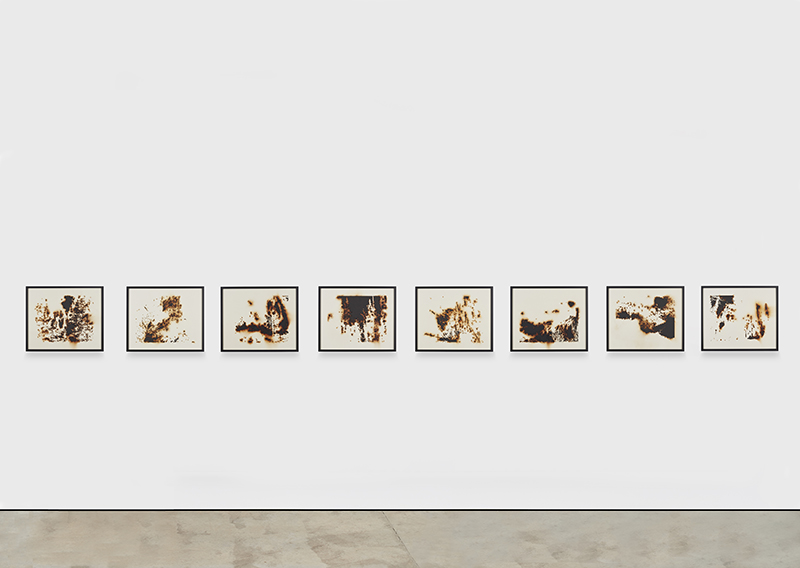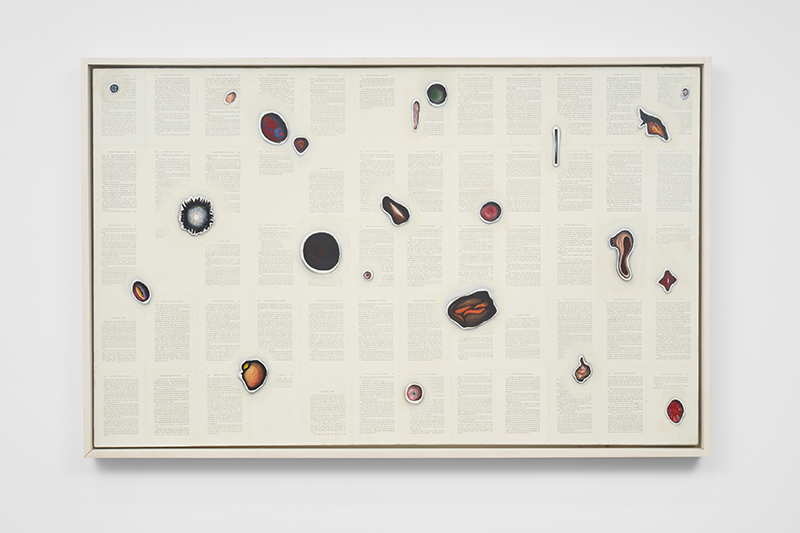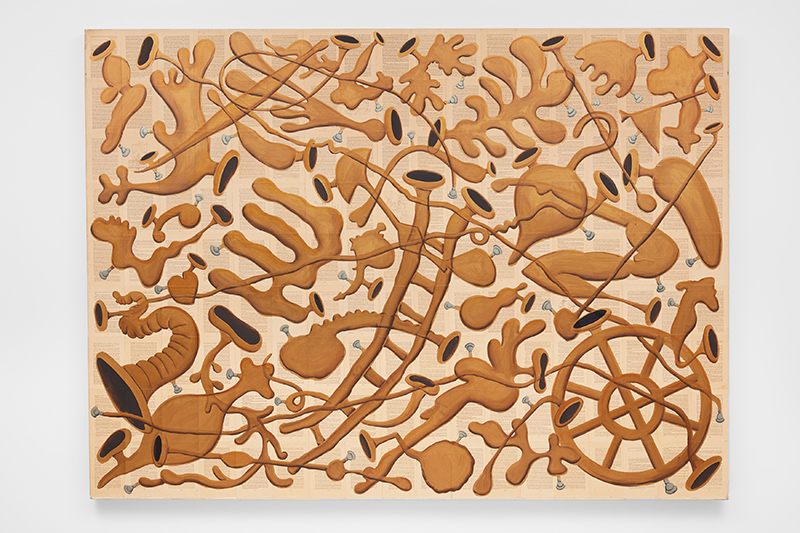ART-TRIBUTE:American Landscape
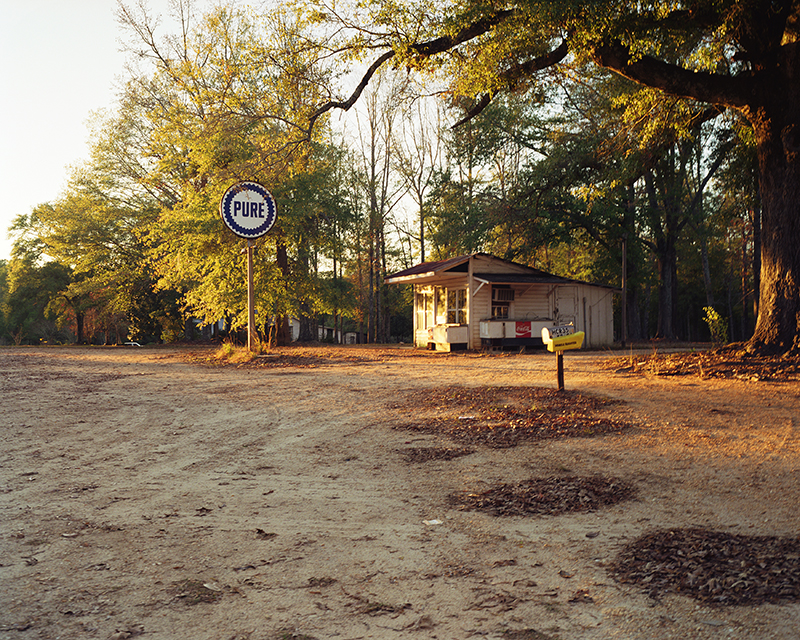 Landscape has inspired painters, it was the canvas upon which created the most impressive and great works by the artists of Land & Earth Art, an art movement in which landscape and the work of art are inextricably linked. Also the nature’s materials were the main media of which created the Arte Povera. Urban and Rural Landscape Photography is a favorite with professional and amateur photographers alike. There awaits a wealth of natural landscapes filled with beauty and drama, always changing with the seasons.
Landscape has inspired painters, it was the canvas upon which created the most impressive and great works by the artists of Land & Earth Art, an art movement in which landscape and the work of art are inextricably linked. Also the nature’s materials were the main media of which created the Arte Povera. Urban and Rural Landscape Photography is a favorite with professional and amateur photographers alike. There awaits a wealth of natural landscapes filled with beauty and drama, always changing with the seasons.
By Dimitris Lempesis
Photo: Lehmann Maupin Archive
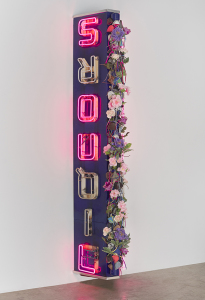
The group exhibition “American Landscape” at Lehmann Maupin, offers an alternative perspective on the genre of landscape through examination of the histories and realities that often receive only peripheral glimpses. The exhibition feature works by Teresita Fernández, Catherine Opie, Tim Rollins & K.O.S. and Nari Ward. Using sculpture, photography, painting, and installation, the artists in this exhibition each uniquely engage the genre by expanding our perception of what a landscape is, and how the story of the United States is told through this representation. Teresita Fernández presents “Fire (United States of the Americas)” (2017), a recent work and continuation of her investigation into the significance of physical landscape and imagined place. Using raw, sculptural charcoal affixed to the gallery wall, Fernández refers to contemporary American violence as well as the technique of “slash and burn” used by indigenous people throughout the Americas to shape and cultivate the land. Catherine Opie presents a selection of work from her “Mini Mall” (1998), and “1999” (1999) series. The “Mini Mall” series offers a unique look at America through the proliferation of the mini-mall, a staple of any small or mid-sized town and a beacon of 20th Century modernization and capitalism. Opie photographs these spaces empty of people in the early hours of the morning to offer a meditation on the Los Angeles landscape, as represented in these shopping districts that, through their architecture, signs, and the types of businesses represented, serve as manifestations of the neighborhood communities they serve. For the “1999” series, she documents a road trip across the United States, resulting in photographs of the most rural stretches in anticipation of the new millennium. While the media stoked a generalized sense of dread during the peak of “Y2K” hysteria, these photographs depict a portion of America seemingly untouched by technological anxiety. Tim Rollins was a teacher, artist, and activist who began the collective Tim Rollins & K.O.S. (Kids Of Survival) through an after-school program in 1984. Together, they developed a unique method of art making that involved painting and drawing directly on the pages of books or sheet music adhered in a grid to the surface of a canvas. The exhibition include “Amerika the Stoker” (1993), “The Red Badge of Courage” (1990) and “The River (after Duke Ellington)” (2012) works, responding to Franz Kafka’s Amerika, which recounts the tale of a young immigrant shipped off to America by his parents; the American Civil War novel by Stephen Crane; and American composer, pianist, and bandleader Duke Ellington, respectively. Each of these works exemplifies the ways in which Tim Rollins & K.O.S. have created a complicated visual history of America through literature and music that recounts its double-edged development. On presentation are three new works of Nari Ward. In “Mount Eden LiquorsouL” (2017), a broken liquor store sign where Ward applied pieces of shoes and artificial flowers, altering the lettering slightly to read “Soul,” thus creating a symbol of loss and mourning. “Last words of John Brown” (2017) calls attention to American history as well as issues of race, identity, and politics. Ward renders the last words of John Brown, the abolitionist who died advocating for black slaves’ freedom in 1859, using hundreds of shoelaces to spell out, “This is a beautiful country”. Finally, Ward presents “Precession” (2018) from his “Breathing Panels” series that feature punctured geometric patterns in copper. Ward first came across these symbols that reference traditional Congolese “cosmograms,” an ancient prayer symbol, during a visit to the First African Baptist Church in Savannah, Georgia, which was part of the Underground Railroad. Here, Ward focuses on the resilience of the element and its conductive power in relation to human energy in tandem with the resilience these cosmograms, rendered in the antebellum South on the journey to freedom, represented.
Info: Lehmann Maupin, 536 West 22nd Street, New York, Duration: 15/3-5/5/18, Days & Hours: Tue-Sat 10:00-18:00, www.lehmannmaupin.com
